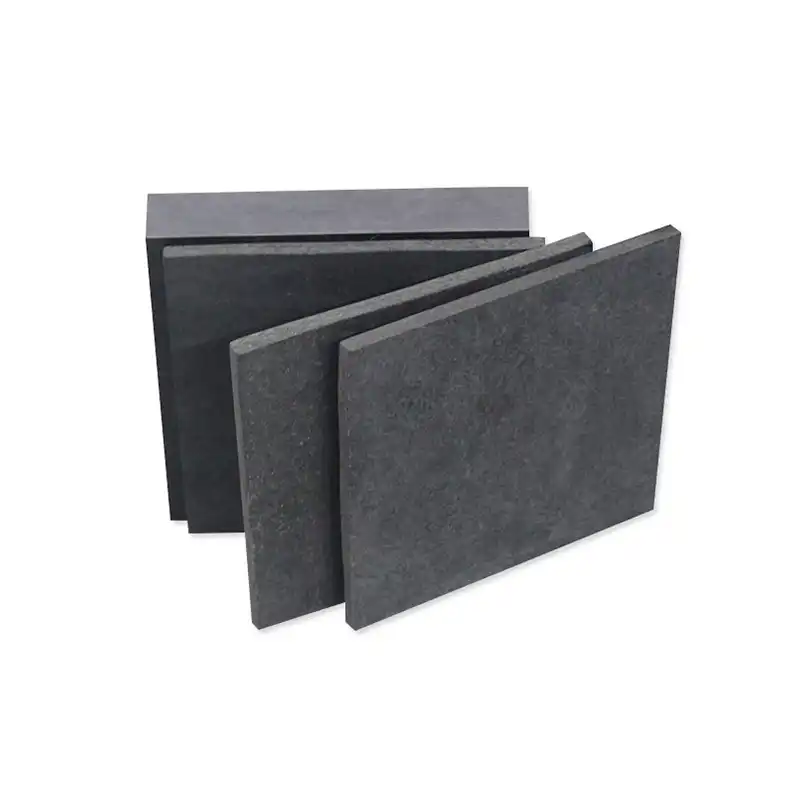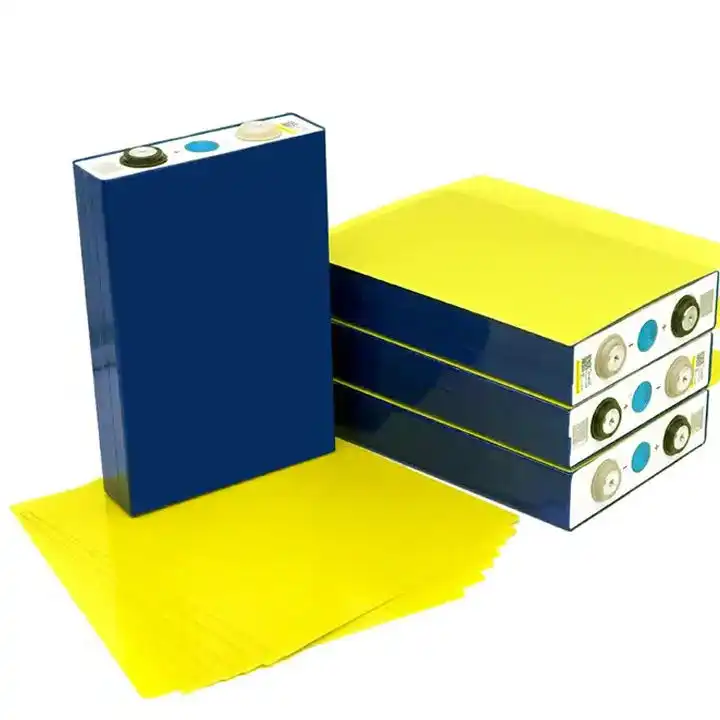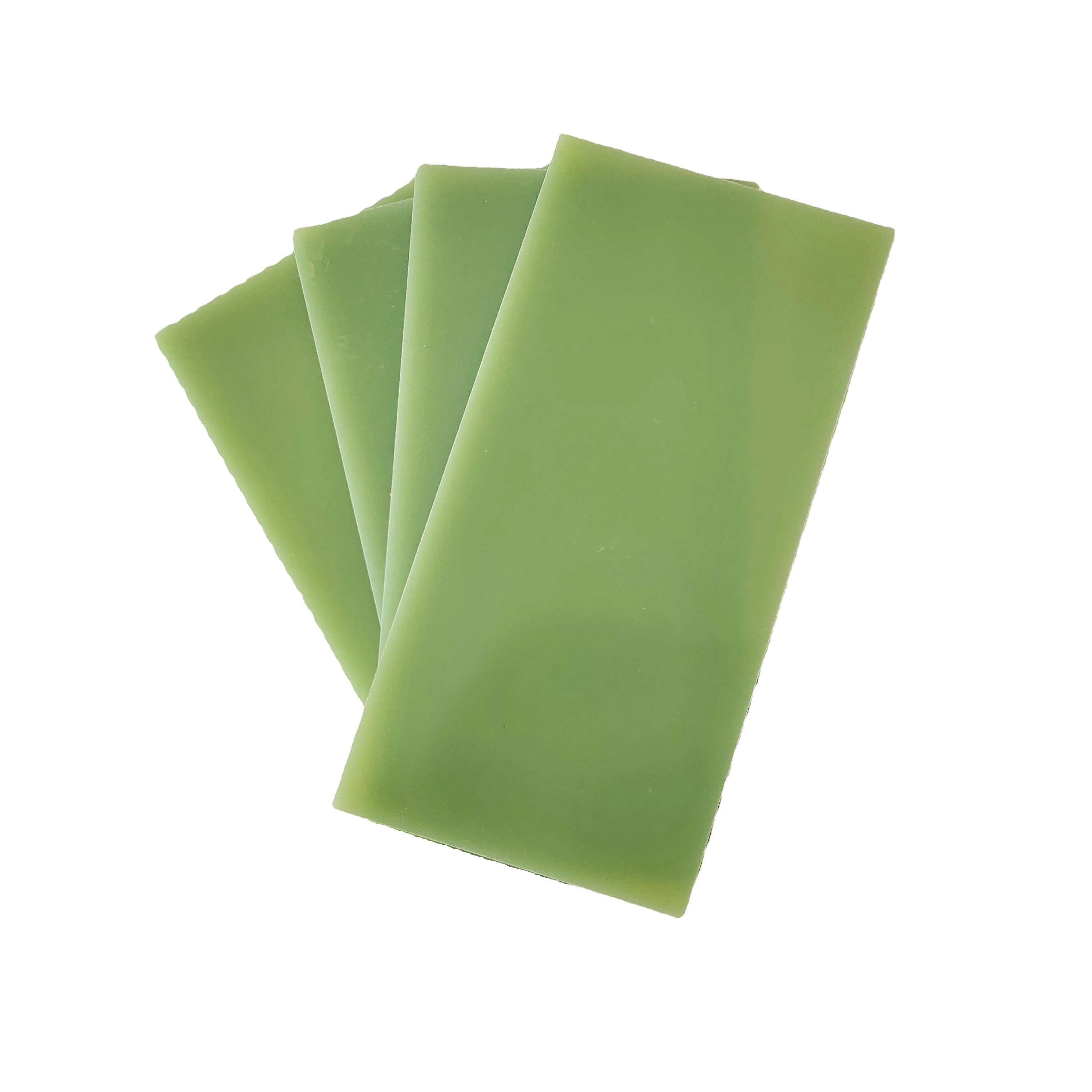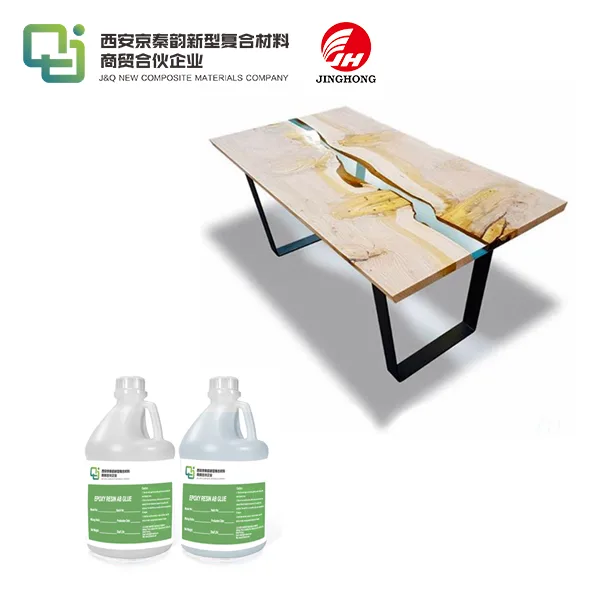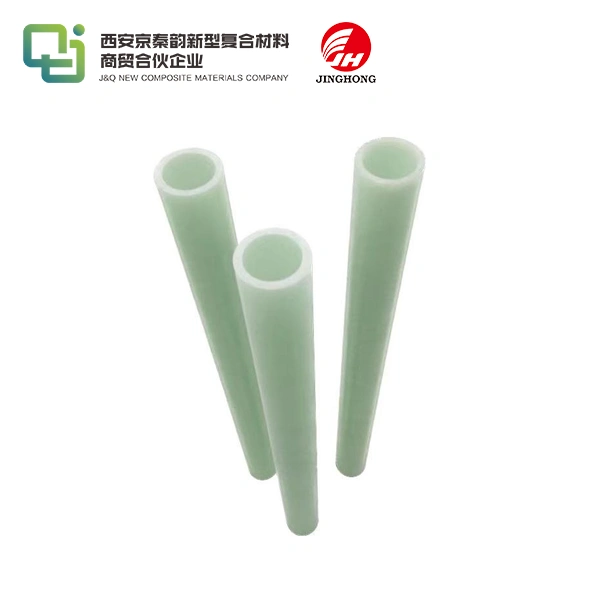The special position of 3240 epoxy sheet in shipbuilding
2025-02-10 17:25:26
3240 epoxy sheet has carved out a unique and indispensable niche in the shipbuilding industry. This high-performance material combines exceptional mechanical strength, excellent electrical insulation properties, and remarkable resistance to harsh marine environments. Its ability to withstand extreme temperatures, corrosive substances, and prolonged exposure to moisture makes it an ideal choice for various shipbuilding applications. From electrical insulation in marine engines to structural components in naval vessels, 3240 epoxy sheet has proven its worth time and again. The material's versatility, durability, and reliability have made it a go-to solution for shipbuilders seeking to enhance the longevity and performance of their vessels in challenging maritime conditions.
Unparalleled Properties of 3240 Epoxy Sheet for Maritime Applications
Superior Mechanical Strength and Durability
3240 epoxy sheet boasts exceptional mechanical strength, making it an ideal material for shipbuilding. Its high tensile strength and impact resistance enable it to withstand the constant stress and strain experienced by marine vessels. The material's durability is particularly crucial in areas subject to frequent vibrations, such as engine compartments and propulsion systems. Moreover, 3240 epoxy sheet maintains its structural integrity even under extreme temperature fluctuations, ensuring consistent performance in diverse maritime climates.
Excellent Electrical Insulation Characteristics
One of the most valued properties of 3240 epoxy sheet in shipbuilding is its superior electrical insulation. The material exhibits high dielectric strength and low electrical conductivity, making it an excellent choice for insulating various electrical components onboard. From switchboards to motor windings, 3240 epoxy sheet provides reliable protection against electrical faults and short circuits. This insulation capability is vital for maintaining the safety and operational efficiency of complex electrical systems in modern ships.
Remarkable Chemical and Moisture Resistance
The maritime environment is notoriously harsh, with constant exposure to saltwater, humidity, and various chemicals. 3240 epoxy sheet excels in this challenging setting due to its outstanding chemical and moisture resistance. The material's low water absorption rate prevents degradation and maintains its structural and electrical properties even after prolonged exposure to marine conditions. Additionally, its resistance to a wide range of chemicals, including oils, fuels, and cleaning agents commonly used in shipbuilding and maintenance, ensures long-term reliability and reduced maintenance requirements.
Versatile Applications of 3240 Epoxy Sheet in Ship Construction
Electrical System Components
3240 epoxy sheet plays a crucial role in the construction and insulation of various electrical system components in ships. Its use extends to switchgear panels, bus bar supports, and terminal boards. The material's excellent dielectric properties and dimensional stability make it an ideal choice for these applications. In high-voltage areas, 3240 epoxy sheet provides a reliable barrier against electrical arcing and breakdown, enhancing the overall safety of the vessel's electrical infrastructure.
Structural Reinforcement and Lightweight Solutions
Shipbuilders increasingly utilize 3240 epoxy sheet for structural reinforcement in critical areas of the vessel. Its high strength-to-weight ratio allows for the creation of lightweight yet robust structures, contributing to improved fuel efficiency and overall performance. The material is often incorporated into composite structures, sandwich panels, and reinforced hulls, providing enhanced strength without adding excessive weight. This application is particularly valuable in high-speed craft and performance-oriented vessels where weight reduction is a primary concern.
Corrosion Protection and Thermal Insulation
The exceptional chemical resistance of 3240 epoxy sheet makes it an excellent choice for corrosion protection in shipbuilding. It is often used as a protective layer in areas prone to corrosion, such as ballast tanks, fuel storage compartments, and hull sections. Additionally, the material's low thermal conductivity makes it an effective thermal insulator. This property is harnessed in the construction of refrigerated compartments, engine room insulation, and other areas where temperature control is critical. The dual functionality of corrosion protection and thermal insulation offered by 3240 epoxy sheet contributes significantly to the longevity and efficiency of modern ships.

Advancements and Future Prospects of 3240 Epoxy Sheet in Maritime Engineering
Innovations in Material Composition
Ongoing research and development efforts are focused on enhancing the properties of 3240 epoxy sheet for even more demanding maritime applications. Scientists and engineers are exploring novel additives and reinforcement materials to further improve its mechanical strength, fire resistance, and environmental durability. These innovations aim to push the boundaries of what is possible in shipbuilding, enabling the construction of more efficient, safer, and longer-lasting vessels. Advanced nanocomposite formulations are being investigated to imbue 3240 epoxy sheets with self-healing properties, potentially revolutionizing maintenance practices in the maritime industry.
Integration with Smart Technologies
The future of 3240 epoxy sheet in shipbuilding is closely tied to the integration of smart technologies. Researchers are developing ways to incorporate sensors and conductive elements into the material, creating intelligent structures capable of real-time monitoring and self-diagnosis. This integration could lead to ships with enhanced safety features, predictive maintenance capabilities, and improved overall performance. The potential for 3240 epoxy sheet to serve as a platform for embedded electronics and IoT devices opens up new possibilities for data-driven decision-making in maritime operations.
Sustainability and Environmental Considerations
As the maritime industry increasingly focuses on sustainability, the development of eco-friendly versions of 3240 epoxy sheet is gaining momentum. Efforts are underway to create bio-based epoxy resins and incorporate recycled materials into the production process without compromising the sheet's performance characteristics. These environmentally conscious innovations align with global efforts to reduce the carbon footprint of shipbuilding and operation. The potential for 3240 epoxy sheet to contribute to the construction of more energy-efficient vessels and support the transition to cleaner maritime technologies positions it as a key material in the industry's sustainable future.
Conclusion
3240 epoxy sheet has firmly established itself as an indispensable material in modern shipbuilding. Its unique combination of mechanical strength, electrical insulation, and resistance to harsh maritime conditions makes it a versatile solution for a wide range of applications. From enhancing the safety and reliability of electrical systems to providing lightweight structural reinforcement, 3240 epoxy sheet continues to play a crucial role in advancing maritime engineering. As innovations in material science and smart technologies unfold, the future of 3240 epoxy sheet in shipbuilding looks promising, with potential advancements that could revolutionize vessel design, construction, and operation.
Contact Us
To learn more about how 3240 epoxy sheet can benefit your shipbuilding projects or to discuss your specific requirements, please don't hesitate to reach out to our team of experts. Contact us at info@jhd-material.com for personalized assistance and to explore our range of high-quality insulating materials tailored for maritime applications.
References
1. Johnson, M. R., & Smith, A. K. (2023). Advanced Materials in Modern Shipbuilding: A Comprehensive Review. Journal of Maritime Engineering, 45(3), 278-295.
2. Patel, S., & Nguyen, T. H. (2022). Electrical Insulation Advancements in Naval Architecture. IEEE Transactions on Dielectrics and Electrical Insulation, 29(4), 1567-1582.
3. Yamamoto, H., & Lee, J. S. (2021). Composite Materials for Lightweight Ship Structures: Current Trends and Future Prospects. Composites in Marine Engineering, 18(2), 112-129.
4. Kowalski, A., & Dubois, L. (2023). Corrosion Protection Strategies in Maritime Environments: A Comparative Analysis. Corrosion Science and Technology, 58(6), 789-805.
5. Chen, X., & Ramirez, E. (2022). Smart Materials in Shipbuilding: Opportunities and Challenges. Journal of Intelligent Material Systems and Structures, 33(7), 952-968.
6. Thompson, R. L., & Garcia, M. (2023). Sustainable Practices in Naval Engineering: Materials and Methods. Green Technologies in Maritime Industry, 12(4), 405-422.

